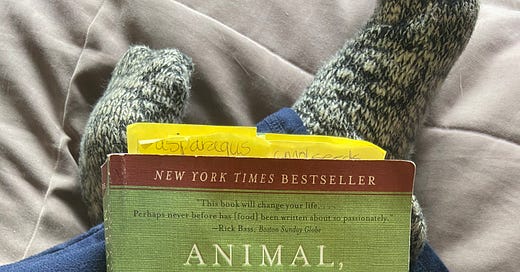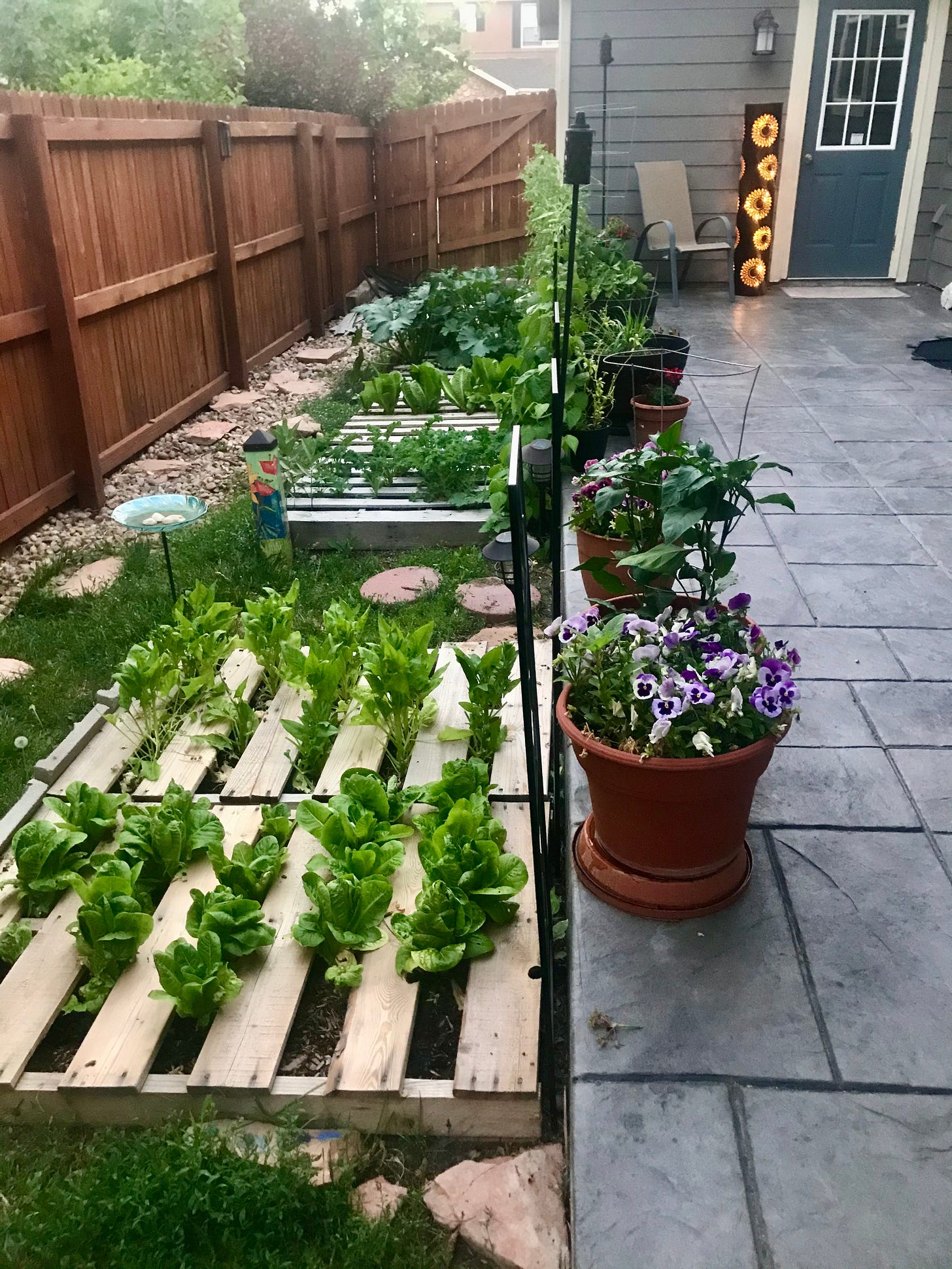Food For Thought: Feature Interview With Gardening Advocate Kris Wood
I am so jazzed to feature my friend Kris Wood in our latest issue of “Great Books, Great Minds.” Here are her juicy observations about the book “Animal, Vegetable, Miracle, A Year of Food Life”
What originally drew you to this book?
A year or so ago while browsing through a neighborhood garage sale for books, I happened upon “Animal, Vegetable, Miracle, A Year of Food Life” by Barbara Kingsolver. It immediately drew my attention for a number of reasons, including the fact that Kingsolver’s novel, “ThePoisonwood Bible,” is one of my all-time favorites.
After reading these three sections on the top half of the back cover, I knew this book was destined to be my next read.
Sounds like there’s a backdrop to all of this?
There is. It was Spring and I had embarked upon gardening for the first time. This experience evoked a sense of mystery, complexity, and empowerment — one that was equally appealing and intimidating. So I felt that getting some “how to’s” from Barbara Kingsolver would certainly boost my potential for success!
Despite the little I knew about our agricultural system, other than a recent awareness of the prevalence of glyphosate in our food, it was apparent that being mindful about what we’re eating is incredibly important. To accomplish this goal in the most healthy way possible, I have discovered that self cultivating our own food is an affirmative way to support Mother Earth AND my family.
Did you have any surprise discoveries in reading it? What did you personally learn about yourself?
I was surprised at the eagerness I felt in reading the possibilities presented. The humorous stories, the recipes, the multiple perspectives on the Kingsolver’s food adventure and newfound way of life with her family was enlightening (Camille Kingsolver, Barbara’s daughter, and Steven Hopp, her husband, also provide their unique viewpoints throughout the book). This book was a source of great support in my gardening success. I also walked away with ideas for building engagement with our community and country with the aim of improving our relationship with the food we eat.
What else did you green from the book?
The book was full of so much valuable information, from a logistical planting/harvesting calendar to educational inserts about subjects like...
The negative impact of industrial farming
The negative effects of GMO seeds and the companies who own them
The staggering carbon footprint of transporting food from one country/state to another
The differences between rural and urban societies and their specific needs
The misperception that big farms are needed to feed our population when in fact small farms are typically more environmentally responsible, sustainable, diverse and better connected to their communities.
The damage CAFO’s (Concentrated Animal Feeding Operations) have upon the livestock they raise which we end up eating. Also, the very land they inhabit creates incredible waste storage and water quality problems.
The unsustainable and dangerous use of chemicals and the adverse impact it is having across the country. Such as this statistic noted in the book:
In 1965, US farmers used 335 million pounds of pesticides. In 1989, they used 806 million pounds. Less than a decade later, it was 985 million pounds. That’s 3 ½ pounds of chemicals for every person in the country, at a cost of $8 billion! Twenty percent of these approved-for-use pesticides are listed by the EPA as carcinogenic in humans!
The actual intention and current application of the U.S. Farm Bill and how it further supports industrial-scale production instead of the small farmers it was originally intended to aid. It has become a corporate welfare program with only one-half of one percent going to support farmers’ markets, community food projects, and local foods in schools.
What Fair Trade actually means and how it positively impacts small-scale growers.
I could truly go on and on with the many other aspects of this book. The empowerment it provides encourages you to do something different, to engage in new ways, a to educate oneself in this very important facet of living is truly remarkable.
Who do you believe would value most from reading this book?
Everyone could benefit from reading this book as it encapsulates so much more than simply gardening and how to live sustainably. There are literally pages upon pages of resources provided, e.g. how to find local farmers markets; the names, addresses, and websites of organizations that support all facets of food stability; references to other books/authors who address specific food-related issues; information on ways to get involved in local politics and legislation.
What was your biggest takeaway from the book?
There are so many ways to not only improve your personal engagement with food but to support our nation in moving forward with sustainable methods of farming and gardening. And even more importantly, it doesn’t require a plot of land to make a difference!
Despite laying out many of the imbalances within our system, the book was uplifting, inspiring and offered examples of organizations, practices, and other Earth-supporting ideas that are being used NOW to make a difference.
Can you elaborate a bit more on this point?
Well, for starters, the current worldwide growth of urban-centered gardening is amazing! In addition to providing fresh local produce, these gardens serve as air filters, help recycle waste and absorb rainfall, offer pleasing green spaces, alleviate the loss of land to development, provide food security, reduce fossil fuel consumption, provide jobs, educate kids and revitalize communities. How can that not be EXCITING!?!?!? I can’t imagine that there’s another government program that can attest to such positive change in so many areas!
Finally, what other book titles or themes did Animal, Vegetable, Miracle, A Year of Food Life” prompt you to want to learn more about?
This wonderful book created a cascade of future reads that provide insight, education, and inspiration on this path of healing and wellness. Here are just a few:
Robin Wall Kimmerer’s “Braiding Sweetgrass”
Micheal Pollan’s “Second Nature: A Gardener’s Education”
Shauna James Ahern’s “Gluten-Free Girl”
Deborah Eden Tull’s “The Natural Kitchen”
John & Ocean Robbins’ “Voices of the Food Revolution: You Can Heal Your Body and Your World With Food”
I believe that we truly are what we eat! It is with eyes wide open, fingernails with soil beneath them, and with an open, joyful heart that I embark upon this gardening adventure!






